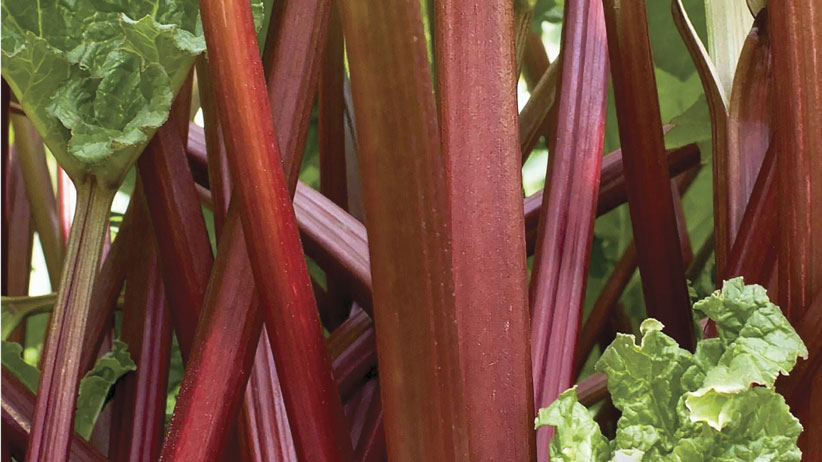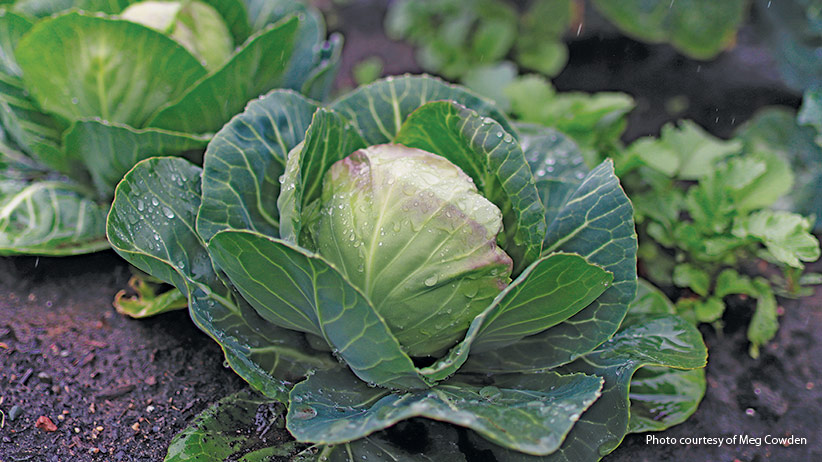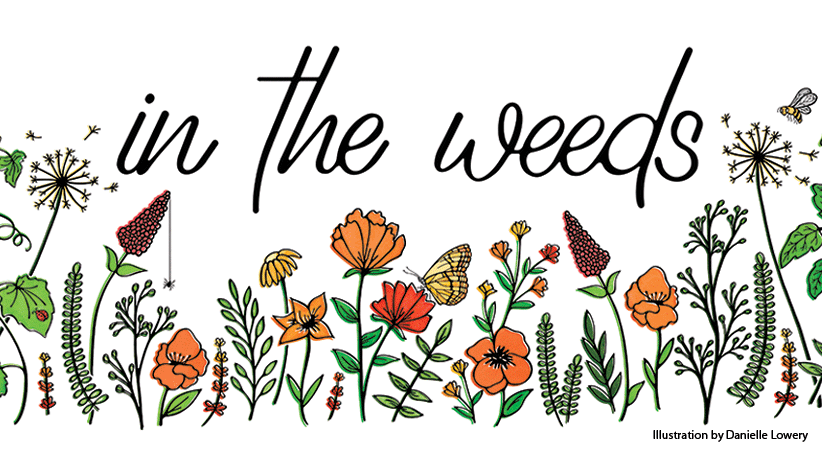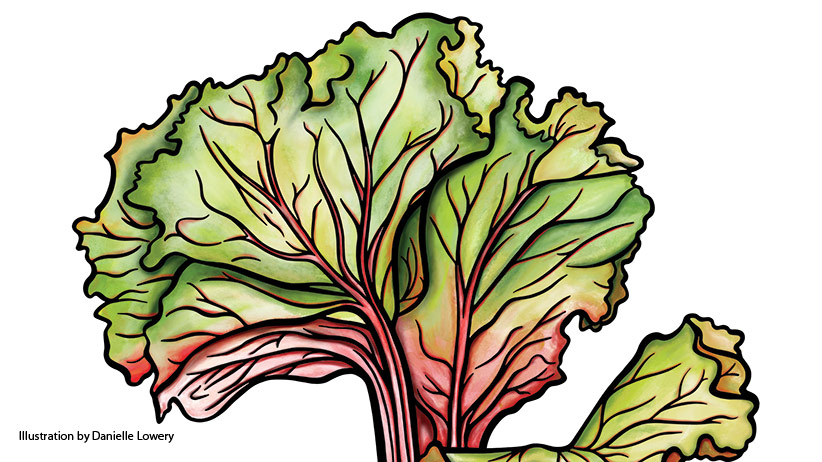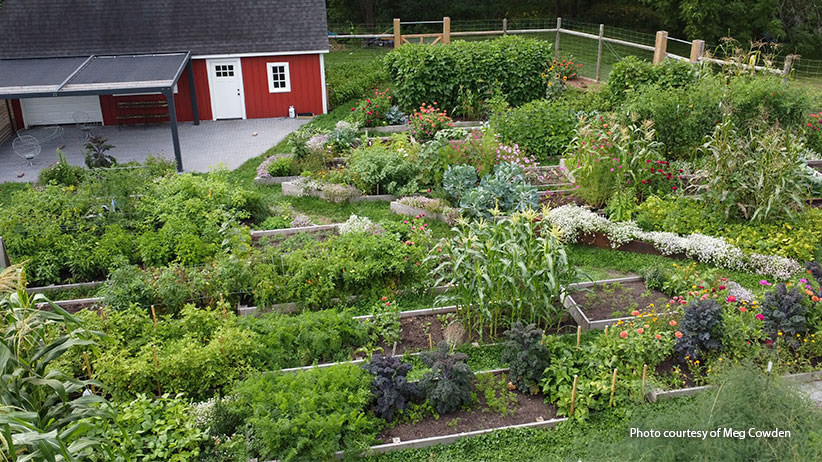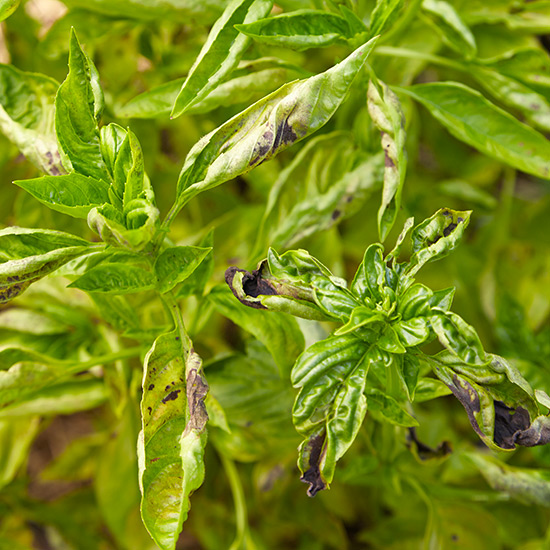
A few years ago, I began to hear from gardeners in the United States and Canada who were having trouble with their basil plants. They described yellowing foliage and a fuzzy gray mold on the bottom of the leaves. They said the affected leaves withered and the plants eventually died. The culprit was relatively new to North America, but one that has quickly been spreading: basil downy mildew.
What is basil downy mildew?
Basil downy mildew is a funguslike organism that generally appears in mid- to late summer when conditions are warm and humid. It travels on the wind or via water splashed during rain or irrigation. The lower leaves are affected first but the infection soon moves upward on the plant.
You Might Also Like:
How to Deal with Garden Pests
7 Common Garden Diseases
5 Easy-to-Grow Herbs
5 DIY Fungus-Fighting Recipes
Conditions perfect for downy mildew
According to Rachel Katz, a Research Team Product Technician at Johnny’s Selected Seeds, there are three things necessary for a disease like downy mildew to spread:
- The pathogen needs to be present
- There needs to be a susceptible host
- Conditions need to be just right
Knowing this can help you reduce the spread in your garden by eliminating a factor, like foliage moisture. Katz suggests watering with drip tape or a soaker hose instead of a sprinkler or watering wand to reduce water on the leaves. It’s also a good idea to water early in the day so the foliage has a chance to dry off before night.
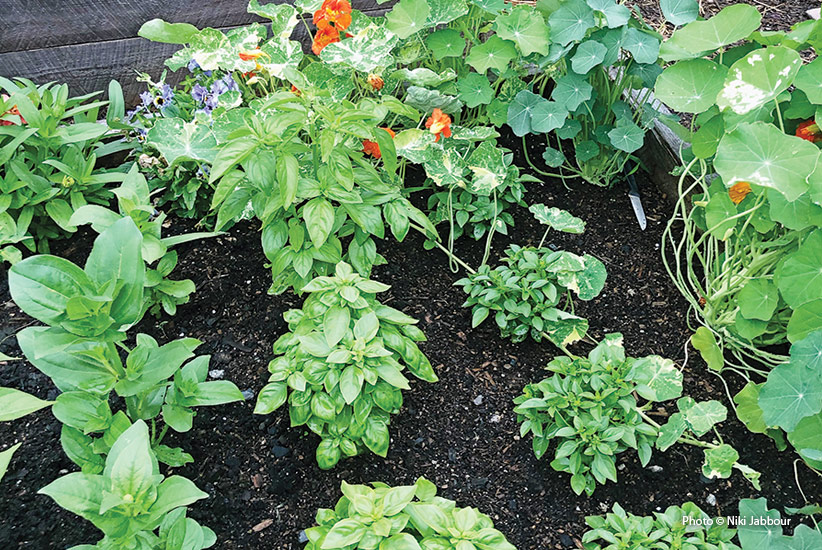
How to prevent basil downy mildew
In addition to watering at ground level, there are a few other ways to help reduce the potential occurrence of downy mildew. Where I used to plant my basil seedlings close together to grow into a hedge of basil, I now leave space between each plant. This permits optimum air circulation to help the foliage dry quickly after a rain. It’s also important to plant basil in a site that receives at least 6 to 8 hours of sun each day. The sun will speed up leaf drying but it also promotes healthy growth of this heat-loving Mediterranean herb.
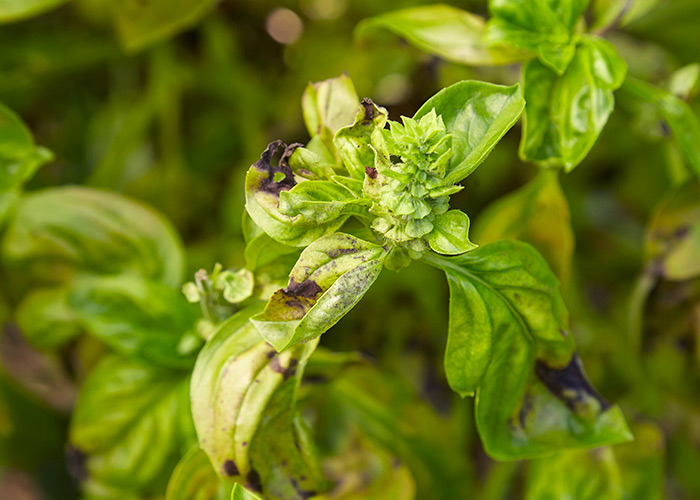
What to do if you spot basil downy mildew
Keep an eye on your plants and if you spot yellowing foliage, look at the bottom of the leaf surface for the telltale purple-gray fuzzy mold. If you’ve identified downy mildew in your garden:
- Remove the entire plant immediately.
- Throw it in the trash.
- Do not compost affected basil plants as your compost pile may not heat up enough to kill the pathogen.
You Might Also Like:
Plant an Edible Landscape Around Your Patio
7 Easy Plants to Start from Seed
DIY Vegetable Garden Trellises
5 Great Reasons to Grow Peas
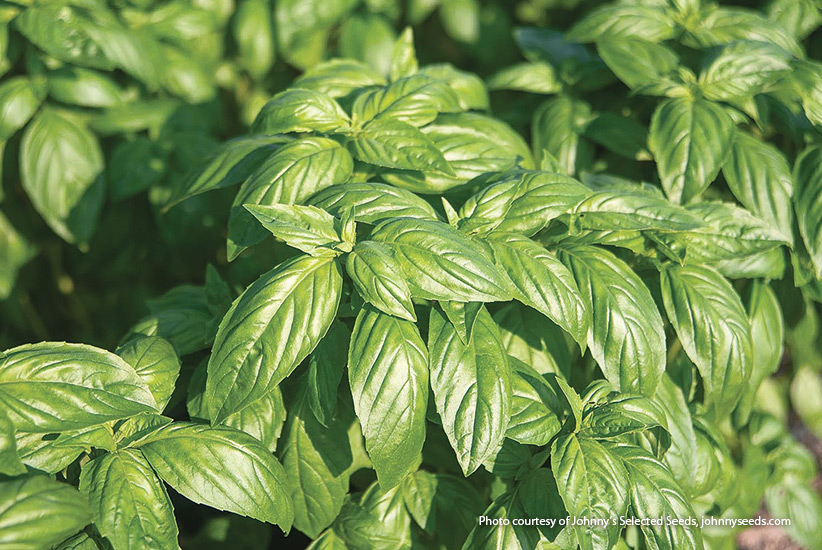
Basil varieties resistant to downy mildew
In my garden, I’ve put smart watering to work but I’ve also combined it with variety selection. Katz says the best way to grow a crop of downy mildew-resistant basil is to start with resistant varieties.
Prospera basil®️
Recent breeding has resulted in new cultivars, like Prospera, that offer resistance to downy mildew. “Prospera is the first certified organic basil variety with real genetic resistance to downy mildew,” says Katz. “Additionally, it has beautiful, dark green, cupped leaves, and traditional Genovese Italian basil flavor.”
Everleaf basil™
I’m also a fan of Everleaf, a productive variety that shows modest resistance to downy mildew. The plants grow 18 to 24 inches tall and have dense growth which means high leaf production. The plants are also later to flower than most basil cultivars so the harvest of high-quality leaves is extended for an additional 6 to 8 weeks.









